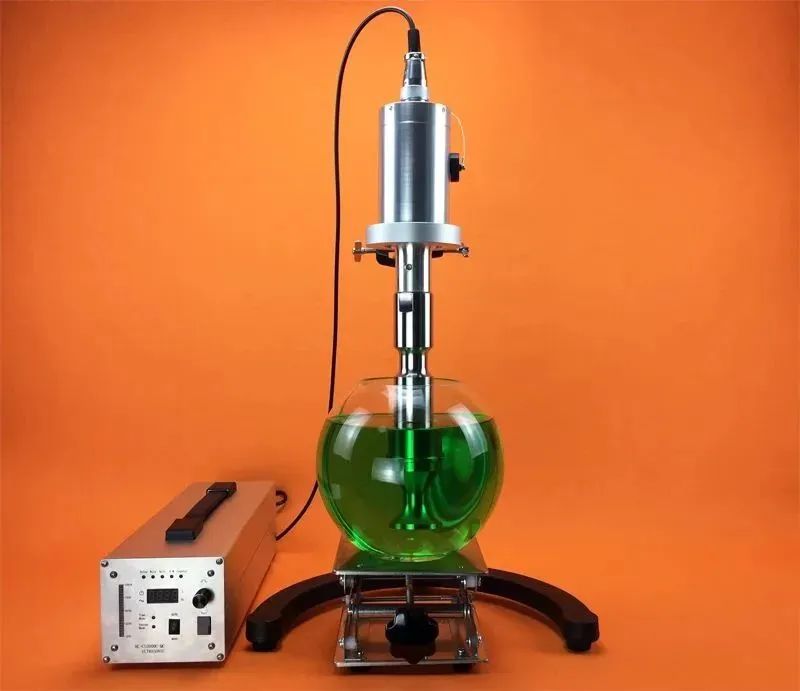Solvent extraction method
The method of using organic solvents to extract and separate the extracted substance from an immiscible aqueous solution is called organic solvent liquid-liquid extraction method, abbreviated as solvent extraction method. It is a mass transfer process that transfers substances from one liquid phase to another.
Solvent extraction has been applied earlier in petrochemical industry, organic chemistry, medicinal chemistry and analytical chemistry. However, in the past 40 years, due to the development of atomic energy science and technology, the need of ultrapure materials and trace element production, solvent extraction has been greatly developed in nuclear fuel industry, rare metallurgy and other industries.
Compared with separation methods such as graded precipitation, graded crystallization, and ion exchange, solvent extraction has a series of advantages such as good separation effect, large production capacity, convenience for rapid and continuous production, and easy to achieve automatic control. Therefore, it has gradually become the main method for separating large amounts of rare earths.
The separation equipment of solvent extraction method includes mixing clarification tank, centrifugal extractor, etc. The extractants used for purifying rare earth include: cationic extractants represented by acidic phosphate esters such as P204 and P507, anion exchange liquid N1923 represented by amines, and solvent extractants represented by neutral phosphate esters such as TBP and P350. These extractants have high viscosity and density, making them difficult to separate from water. It is usually diluted and reused with solvents such as kerosene.
The extraction process can generally be divided into three main stages: extraction, washing, and reverse extraction. Mineral raw materials for extracting rare earth metals and dispersed elements.
Post time: Apr-20-2023
